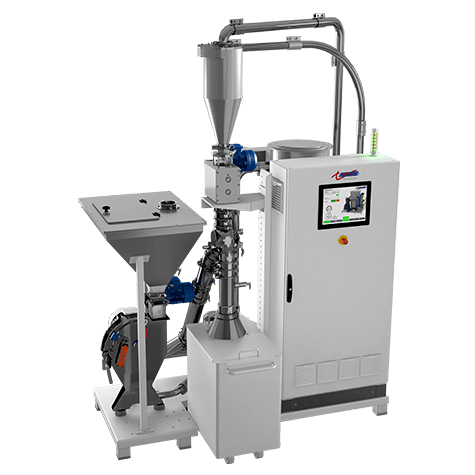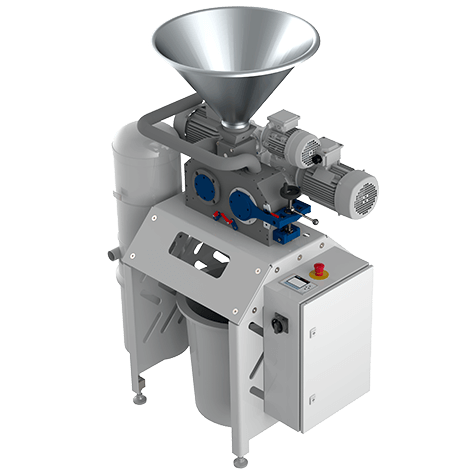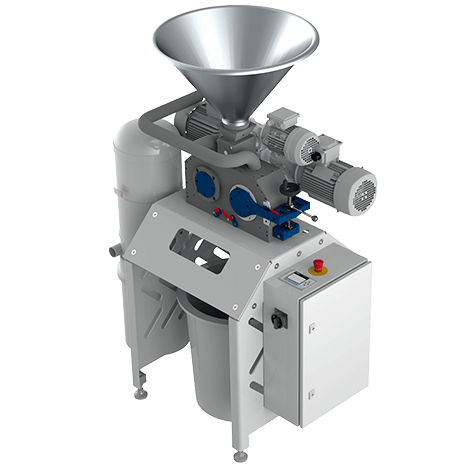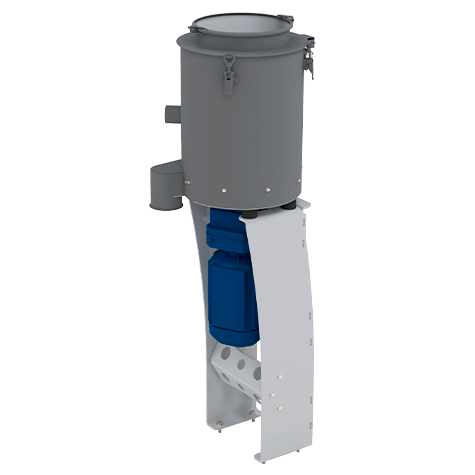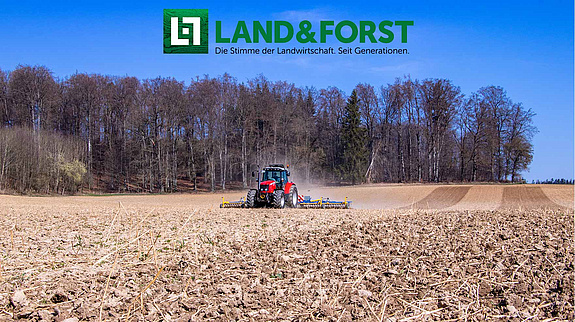Grass control in Land & Forst
After the grain harvest, there are different variants of soil cultivation. What influence does stubble cultivation have on the development of field foxtail infestation on the land?
Many institutions are currently calling for biodiversification, among other things. This is often associated with a redesign or expansion of our winter cereal-heavy crop rotations. A further crop rotation with more summer tillage would also be an effective and proven means of combating foxtail and windthale, especially on problem sites. However, at the moment economic considerations often lead to the retention of our classic crop rotations. But how can we then get to grips with the increasing problems of grass control?
Chemistry has its limits!
Today, the main burden of controlling windthale and Afu still rests on chemicals. However, chemical plant protection is reaching its limits in the control of weeds due to increasing resistance, expiring approvals for important active substances and stricter regulations by the authorities on water protection. We urgently need to take countermeasures here.
Due to reduced effects of herbicide strategies, the Afu pressure increases significantly over the years. As soon as stocking increases due to poor control or one-sided choice of active ingredient, the proportion of resistant biotypes also increases. To prevent this, stocking levels of Afu must be significantly reduced over time.
Afu control starts with stubble cultivation. The aim is to get as much seed as possible to germinate. For this purpose, we carried out a strip tillage with three tillage variants on wheat stubble in the Northeim district office in summer 2020. The stubble tillage was carried out on 12 August with a tillage speed of 12.5 km/h in all three variants.
The result was surprising. On two soil dates, the accumulated Afu was counted by means of counting frames (0.1 m²) at ten randomly selected locations per variant. The best result with 146 Afu plants/m² was achieved with the very shallow working Treffler harrow.
The Kerner Ultra shallow cultivator was equipped with full-surface cutting goosefoot shares and the Lemken Smaragd with wing shares. Both were set as flat as possible. Despite the shallow setting, they moved too much soil and buried many Afu seeds.
Secondary dormancy
This ground cover causes the seed to fall into secondary dormancy. It can no longer germinate in the current year. When comparing the Lemken Smaragd variant, which is widely used in practice, with the harrow variant, it is noticeable that 70 more Afu plants (almost twice as many) have emerged in the harrow variant.
If, under normal conditions in winter cereals (no patchy stands), only two ears with approx. 130 seeds/ear develop from one Afu plant, 260 seeds/plant are produced. With 70 multi-spiked plants, this means a potential of over 18,000 more seeds per m², which can be prevented with the harrow.
The significantly lower diesel consumption of the harrow variant is partly put into perspective again, as relatively little volunteer grain emerges in this variant and this has to be done with a second suitable pass. It should be noted that these are one-year results under the conditions of 2020, the reproducibility of which could not be verified so far.
If we want to maintain the established winter cereal-heavy crop rotations, we need failure seed management. With the ever decreasing control success of the grass active substances still available, the seed potential builds up extremely high from year to year.
To prevent this, we need to rethink or supplement the way we cultivate the stubble. Techniques that cannot be worked shallowly enough even with optimal settings, such as cultivators, short disc harrows or others, are not suitable for the crucial first pass of stubble cultivation. They move too much soil and thereby bury the Afu seeds into secondary dormancy.
We must prevent the burying of the seeds. The first pass must be as shallow as possible. According to our experience, this is currently only possible with a suitable harrow.
For our trial, we equipped the Treffler harrow with special mulch seed tines. These have the advantage that they do not clog like conventional tines. However, a good chopping quality and optimal straw distribution is also a prerequisite for this variant.
The harrow is versatile
Equipped with mulch seed tines, the Striegle is just as suitable for other tasks, such as harrowing in cereals in autumn and spring or harrowing in other crops, e.g. sugar beet or maize, as with conventional tines.
Perhaps the result would have been better with only 52 emerged Afu ears/m² of the Kerner Ultra flat cultivator instead of goosefoot shares with shares that move less soil (similar to e.g. the flat tine cultivator). This should be tested at the next opportunity.
For high Afu seed emergence, the alternative to the harrow would be to forgo the first pass for stubble cultivation until the Afu seed potential has emerged.
However, this can take four to five weeks, depending on the weather and soil moisture. If intercropping or rape cultivation is planned afterwards, this would not be a good alternative due to the relatively early sowing date.
Acknowledgements: At this point we would like to thank Wilhelm Bohnsack from Erzhausen for kindly supporting our trial work on his farm.
Conclusion
The potential of Afu seeds can build up over the years due to worsening efficiencies of the grass seed treatment.
With increasing Afu stocking, the proportion of resistant biotypes also increases.
It is hardly possible to rehabilitate high stocking rates within the framework of maximum herbicide strategies or expandable crop rotations.
Ground cover causes the Afu seed to fall into secondary dormancy, from which it can no longer germinate in the current year.
Prevent burying of seeds, do not use equipment that moves too much soil (cultivator, short disc harrow,...).
The harrow is suitable for stubble cultivation to bring as many Afu seeds as possible to germinate.
Prerequisite for harrow use: Optimum chop quality and good straw distribution.
____________________________________________________
Heinz Bremeyer, LWK Lower Saxony, Northeim District Office
Source: Land & Forst Magazin | Issue 14 (Publication date 09 April 2021 - 174th volume)
![[Translate to Englisch:] [Translate to Englisch:]](/fileadmin/user_data/bilder/agrartechnik/produktteaser/treffler-praezisions-zinkenstriegel-5-7-teilig.png)
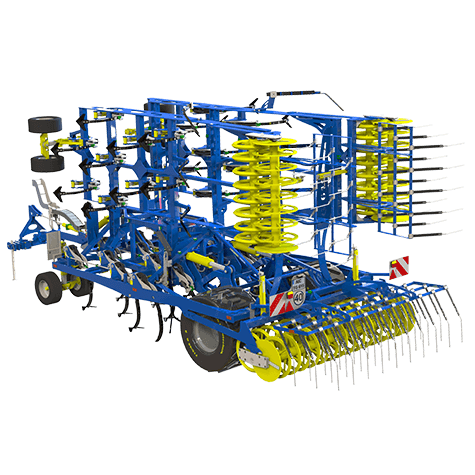
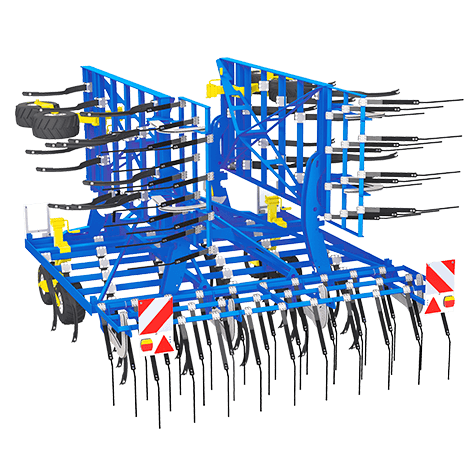
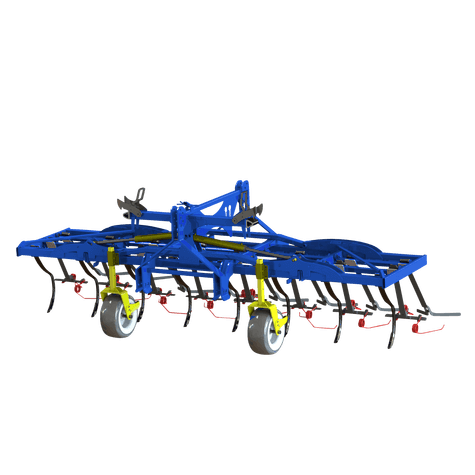
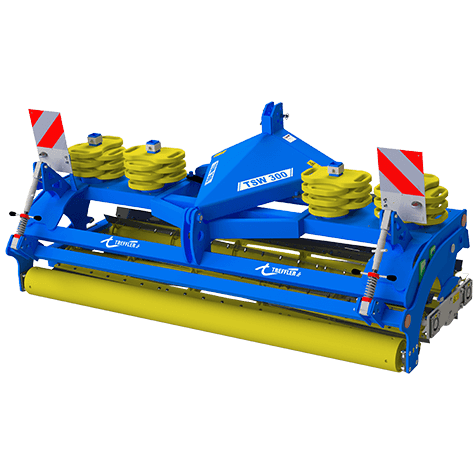
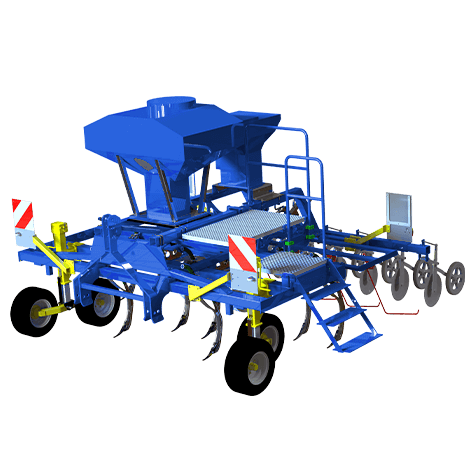
![[Translate to Englisch:] [Translate to Englisch:]](/fileadmin/user_data/bilder/agrartechnik/produktteaser/treffler-saetechnik.png)
